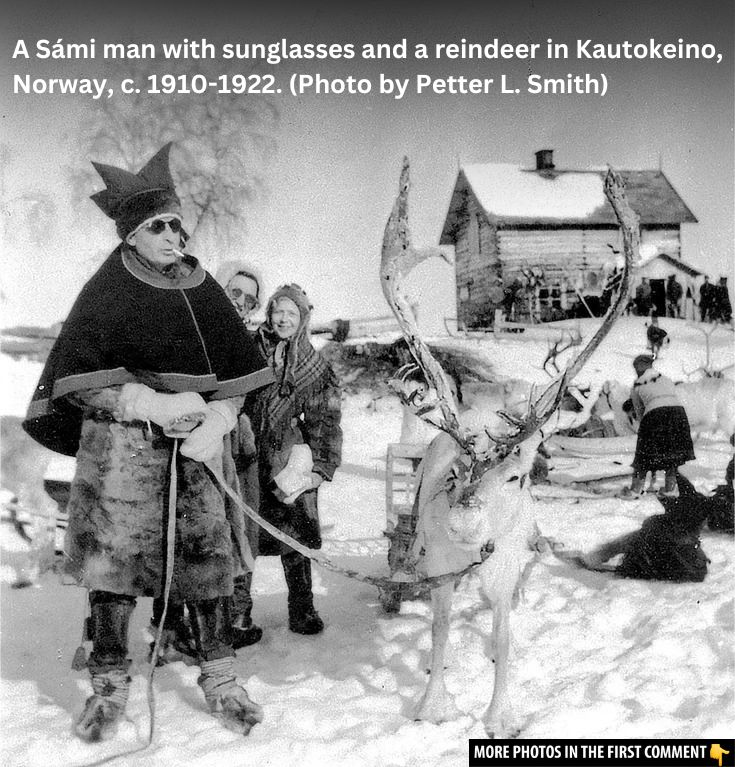The Sámi people, an indigenous group native to the northern reaches of Europe, have long been a symbol of resilience and deep cultural heritage. With their roots stretching back thousands of years, their traditional way of life was intricately tied to the harsh landscapes of the Arctic. The rare photographs taken between 1890 and 1930 offer us a window into the past, capturing moments from a time when the Sámi still lived in relative isolation, preserving their customs and heritage. These images not only reflect their rich culture but also the challenges they faced as they navigated the pressures of modernization and forced assimilation.
The Origins of the Sámi People
The Sámi’s origins have long been debated by scholars. Some trace their roots to the Paleo-Siberian peoples, while others propose that they have Alpine origins. What is universally accepted is that the Sámi have lived in northern Scandinavia for over 3,500 years. When the Finns began to migrate into Finland around the year 100 AD, the Sámi were dispersed throughout the region. Today, they primarily inhabit the northernmost regions of Norway, Sweden, Finland, and parts of Russia.
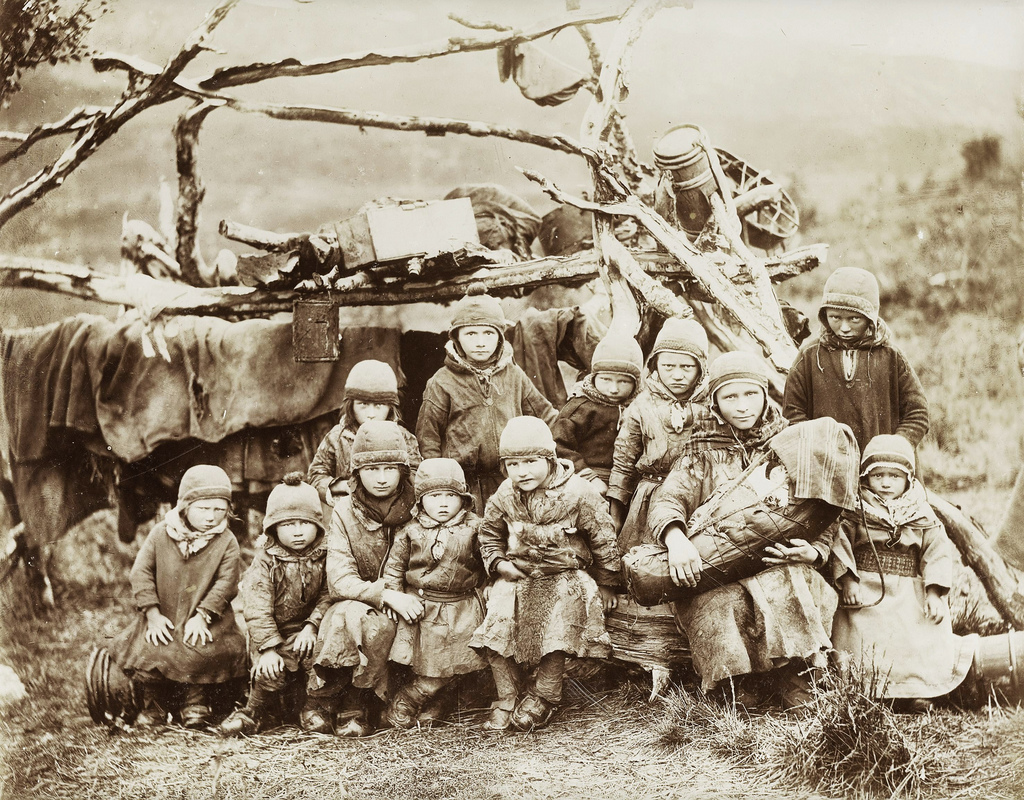
Historically, the Sámi have maintained a nomadic lifestyle, which was intricately linked to their survival in one of the most extreme environments in the world. While the Norse peoples settled along the coasts of Scandinavia, the Sámi thrived inland, moving with their reindeer herds and utilizing the vast lands of northern Europe for hunting, fishing, and gathering.
Video
Watch the video to learn about the Sámi people, the indigenous group of Northern Europe! Don’t miss this insightful look at their culture and history.
Sámi Culture: Reindeer Herding and Nomadism
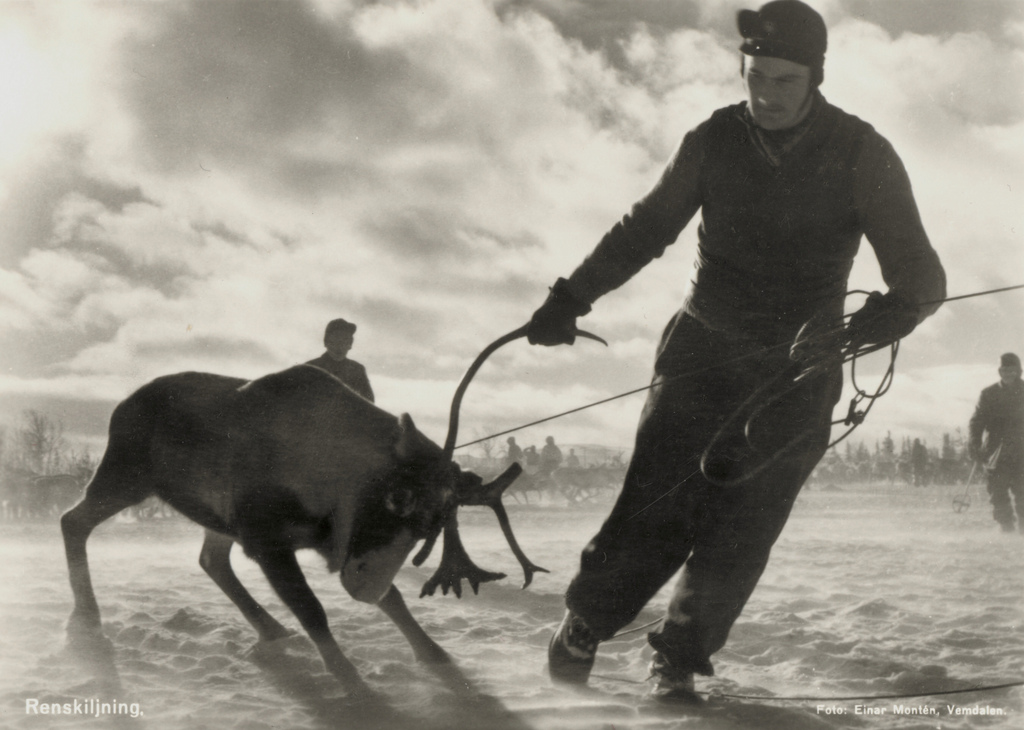
At the heart of the Sámi economy was reindeer herding. Reindeer were not only an essential source of food but also crucial to their transportation, as the Sámi used sledges drawn by reindeer to navigate the snow-covered terrain. As these herders moved seasonally with their herds, they lived in tents called Lavvos. These temporary structures could easily be dismantled and set up, allowing the Sámi to live in harmony with their herds as they moved across the Arctic landscape.
The Sámi families traveled in units of five or six, forming tight-knit communities. Their diet consisted mainly of fish, meat, and berries, with occasional supplemental hunting. Although these people were reindeer herders, they were not confined to a life of simply surviving; they had a rich cultural heritage with unique traditions in music, language, and clothing. Their elaborate garments, often made from reindeer skin, were designed to keep them warm during the long, harsh winters of the Arctic.
The 19th Century and Forced Assimilation
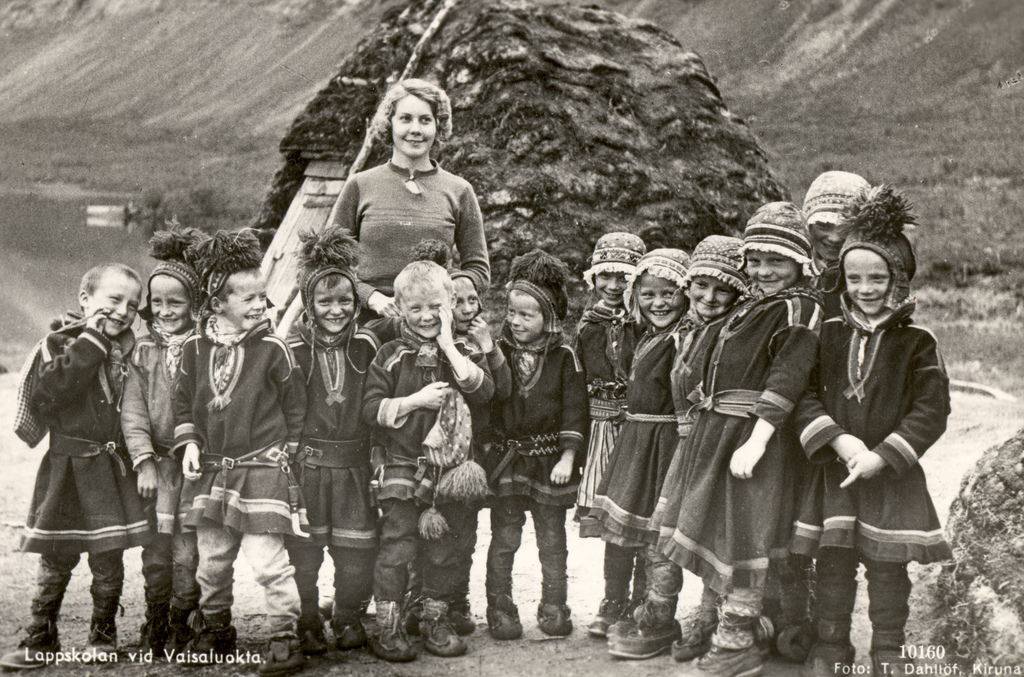
In the 19th century, as the borders between countries in Scandinavia were drawn tighter, the Sámi began to face increasing pressure from the governments of Norway and Sweden. The Scandinavian governments introduced policies aimed at “civilizing” the Sámi, seeing them as primitive and backward in comparison to the dominant Scandinavian culture. These policies were particularly harsh in the realms of language and education, as Sámi children were forced into state-run schools where their native language was banned. The government pushed the use of Norwegian and Swedish languages in schools and churches, leading to a decline in Sámi language and cultural practices.
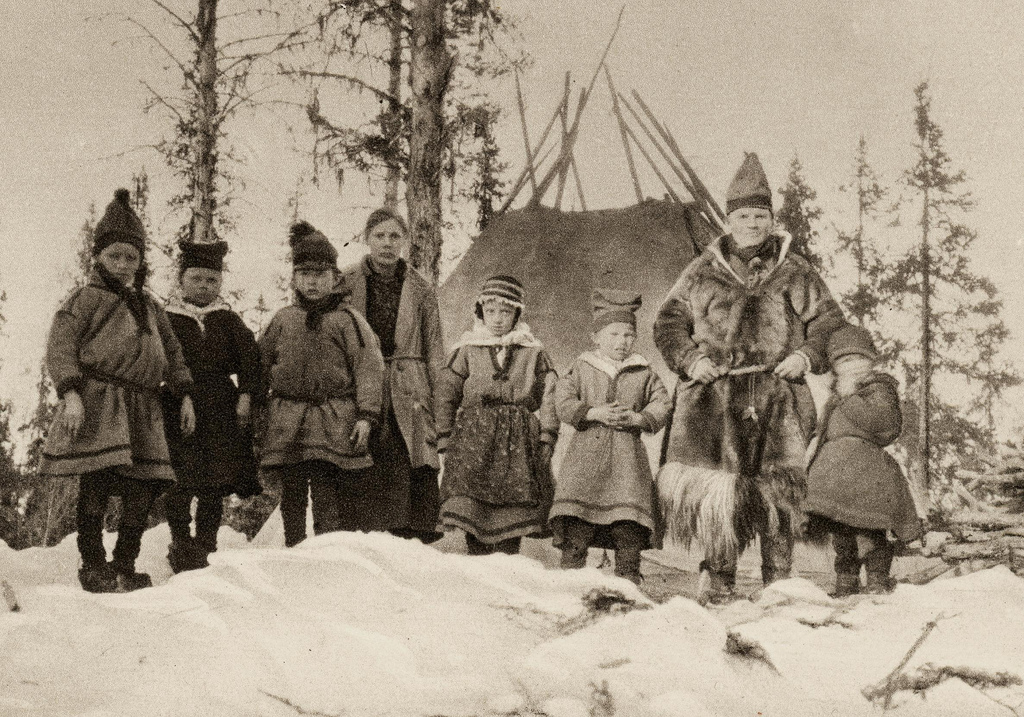
From the 19th century onward, the Sámi were subjected to intense discrimination. These assimilation policies, referred to as Scandinavianization, had long-lasting effects on the Sámi communities, leading to the gradual loss of traditional livelihoods, cultural practices, and language. The Sámi, once able to live in relative isolation from the wider world, now found themselves under the direct control of larger national forces determined to integrate them into mainstream society.
Sámi Women: Guardians of Tradition
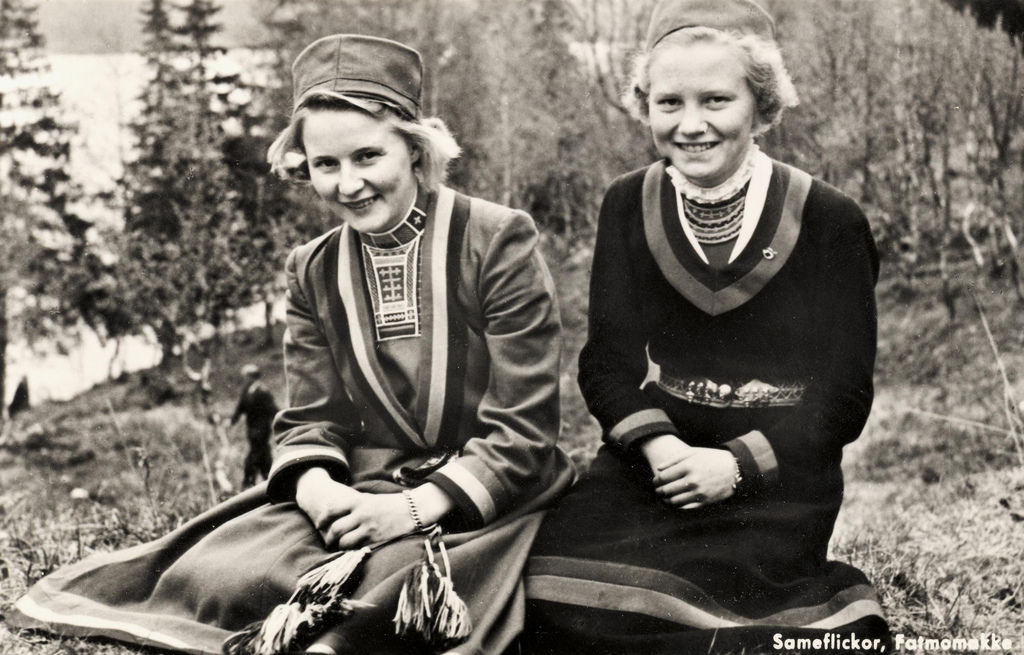
Sámi women played an essential role in maintaining the traditional way of life. From managing household tasks to working alongside their husbands in reindeer herding, Sámi women were vital to the survival of the community. They also played a significant role in preserving Sámi culture. Sámi women were the primary custodians of the Sámi language and traditions, passing down songs, stories, and skills to the next generation.
One of the most striking aspects of the Sámi women’s role was their involvement in the making of traditional clothing. Sámi garments were not only practical but also carried cultural and spiritual significance. The garments were meticulously designed to withstand the extreme weather conditions of the Arctic, with intricate embroidery and colorful patterns that distinguished different Sámi groups.

Cultural Resilience and the Modern Sámi
While the Sámi faced severe challenges during the 19th and early 20th centuries, their culture has remained resilient. Today, many Sámi live in urban areas, but a significant portion still resides in villages in the Arctic. The Sámi continue to grapple with the cultural consequences of the forced assimilation policies, including the loss of language and traditional knowledge. However, recent efforts have been made to revitalize Sámi culture. Language preservation programs, the establishment of Sámi radio and television stations, and the recognition of Sámi rights by Scandinavian governments have contributed to the resurgence of Sámi identity.
Environmental challenges also persist. Climate change, oil exploration, mining, and logging threaten the Sámi way of life, especially in the context of reindeer herding. The Sámi people, however, continue to fight for their rights to land, language, and culture.
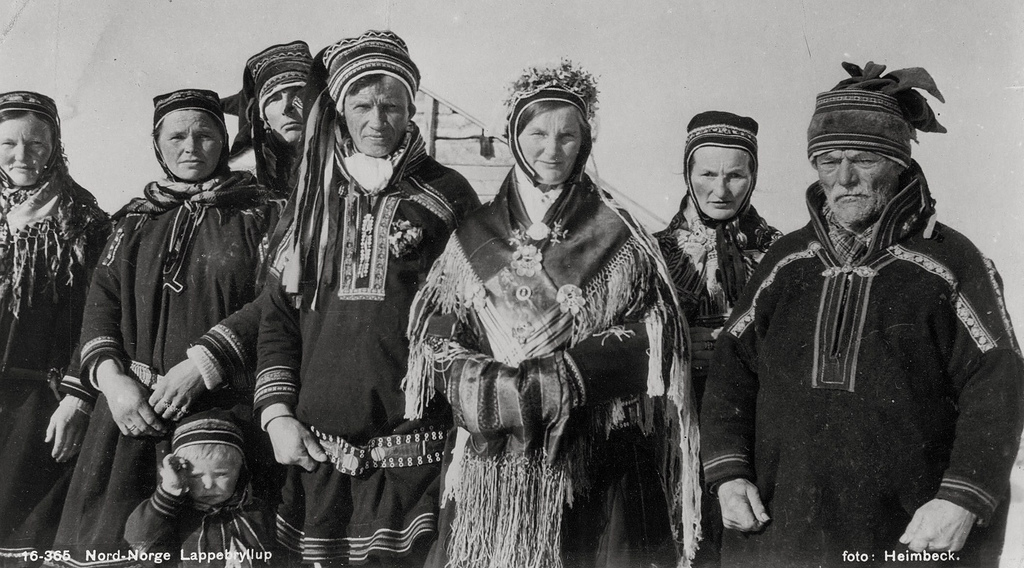
Conclusion
The photographs from the late 19th and early 20th centuries are a powerful reminder of the Sámi people’s rich cultural heritage and their deep connection to the land. While the Sámi have faced centuries of challenges—cultural assimilation, land dispossession, and environmental threats—they have continued to resist and preserve their identity. The images of Sámi families, their reindeer herding lifestyle, and their traditional clothing are more than just historical records—they are symbols of the Sámi’s enduring resilience and their ongoing struggle to maintain their culture in a rapidly changing world.
Rare Photographs: A Window into Sámi Life
A collection of rare photographs showcasing the Sámi people in their traditional attire, living and working in the Arctic landscape. These images provide a lasting testament to their unique way of life and their enduring presence in the Nordic regions of Europe. Through these photographs, we are reminded of the beauty, strength, and resilience of the Sámi culture, which continues to thrive despite centuries of adversity.
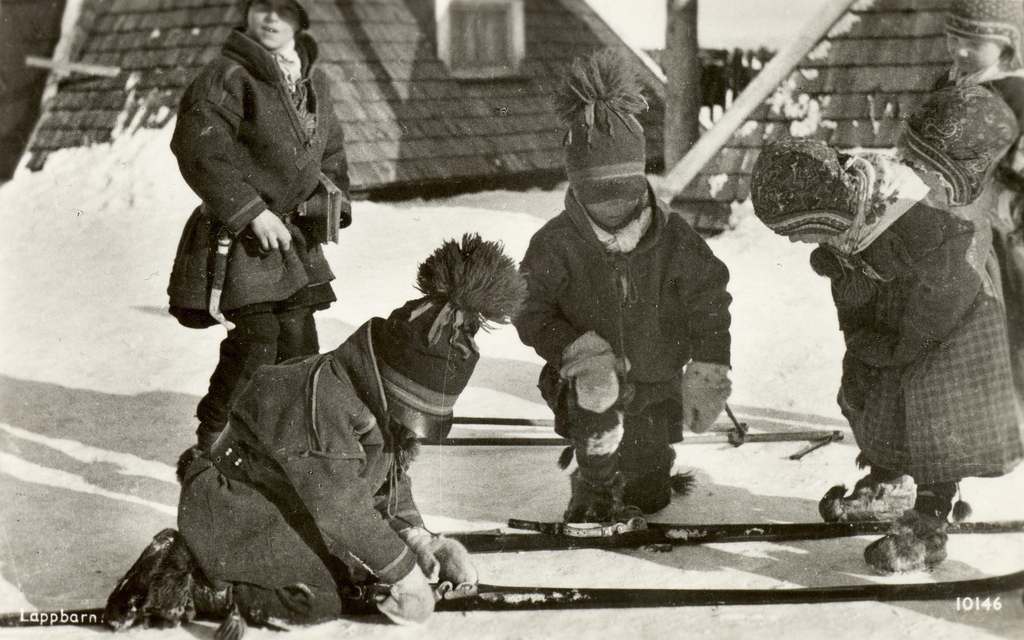
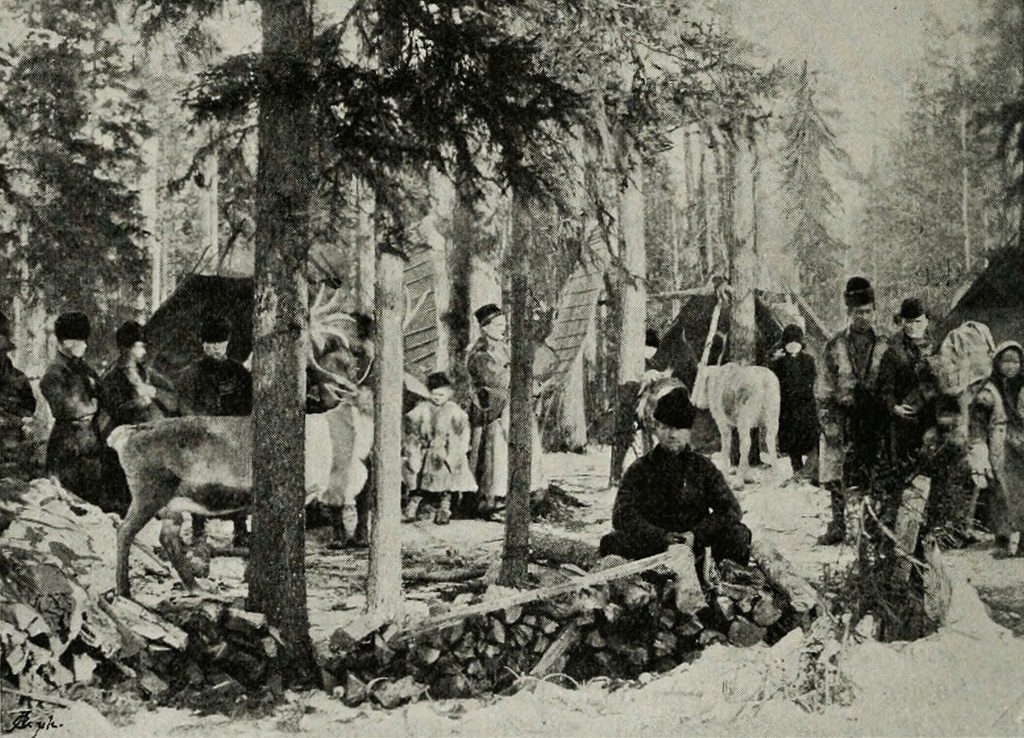
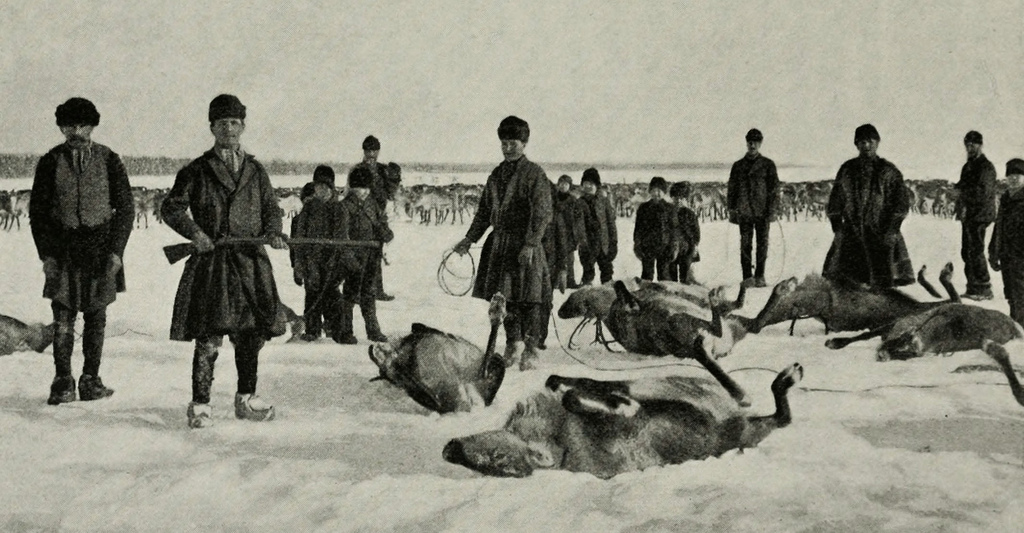

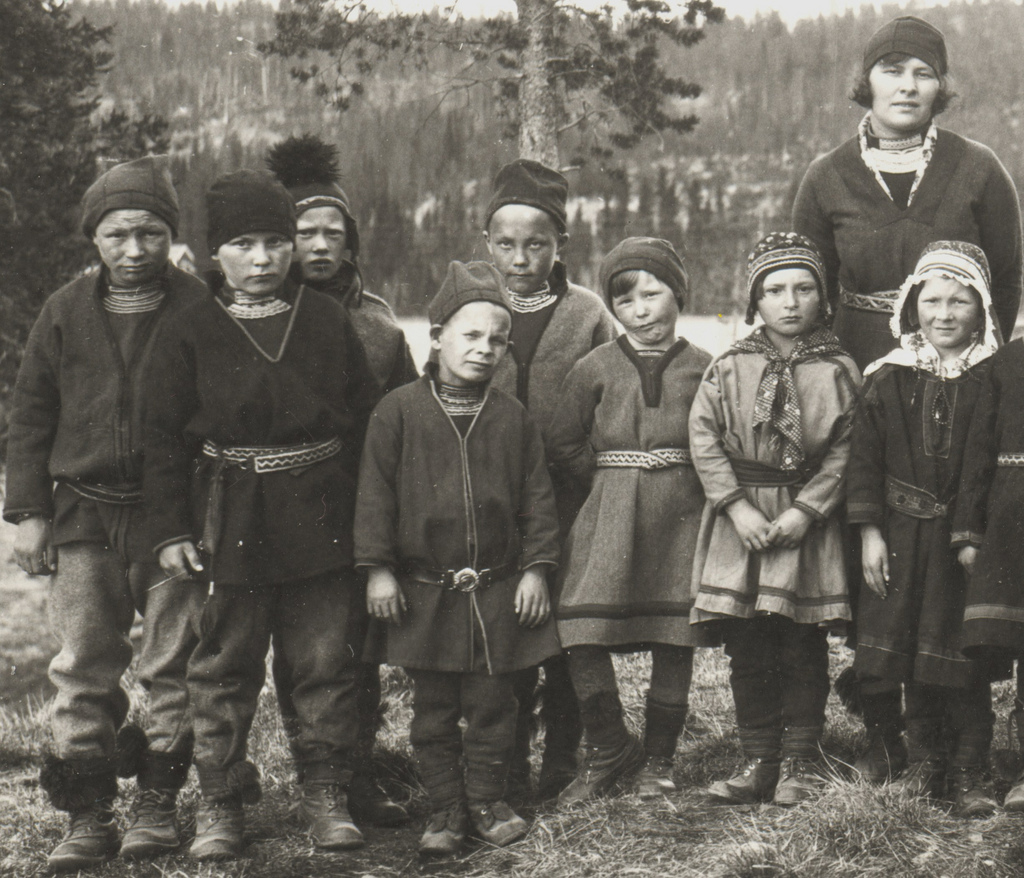
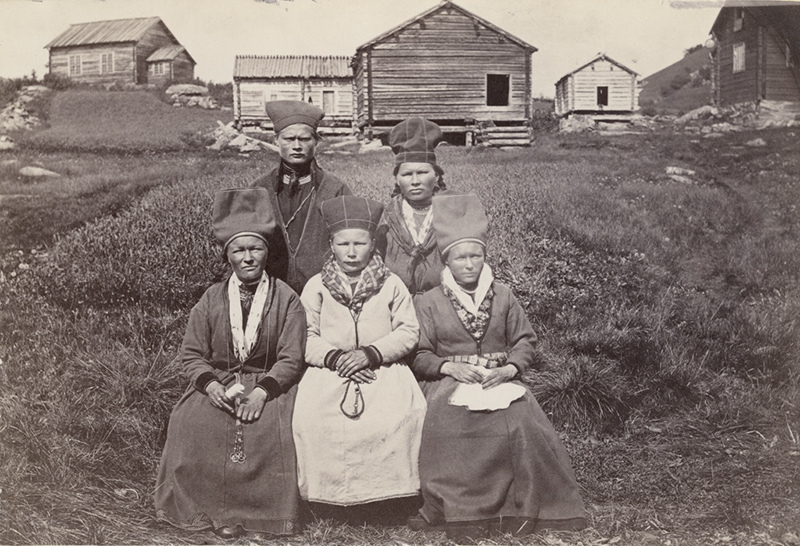

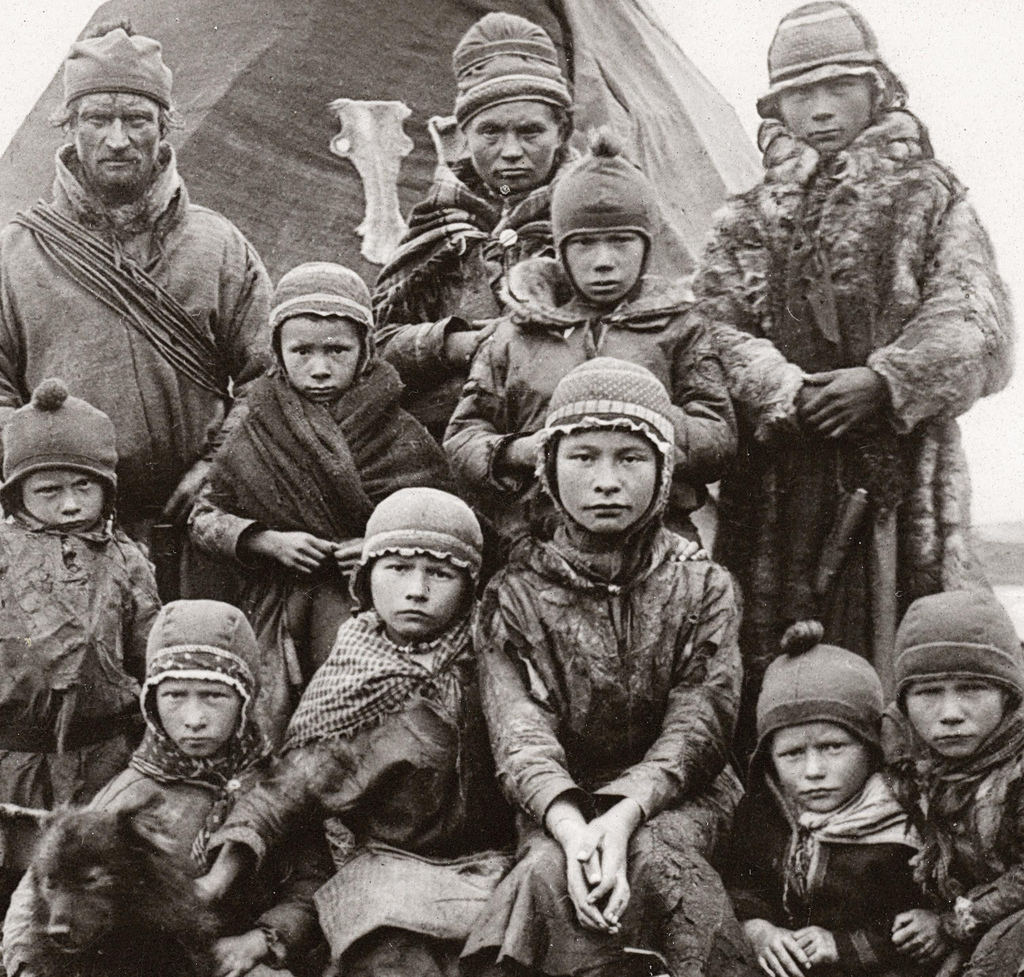
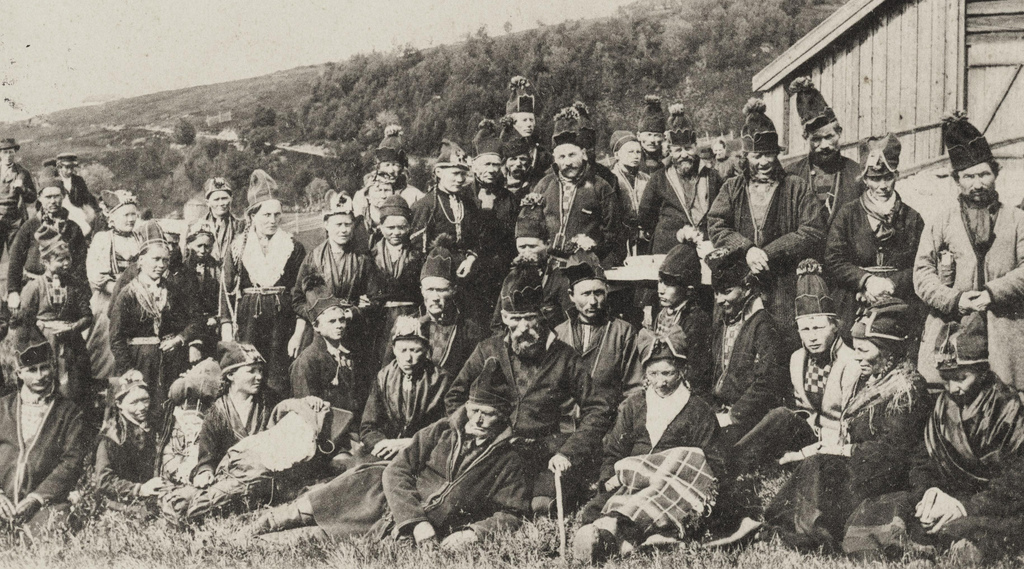
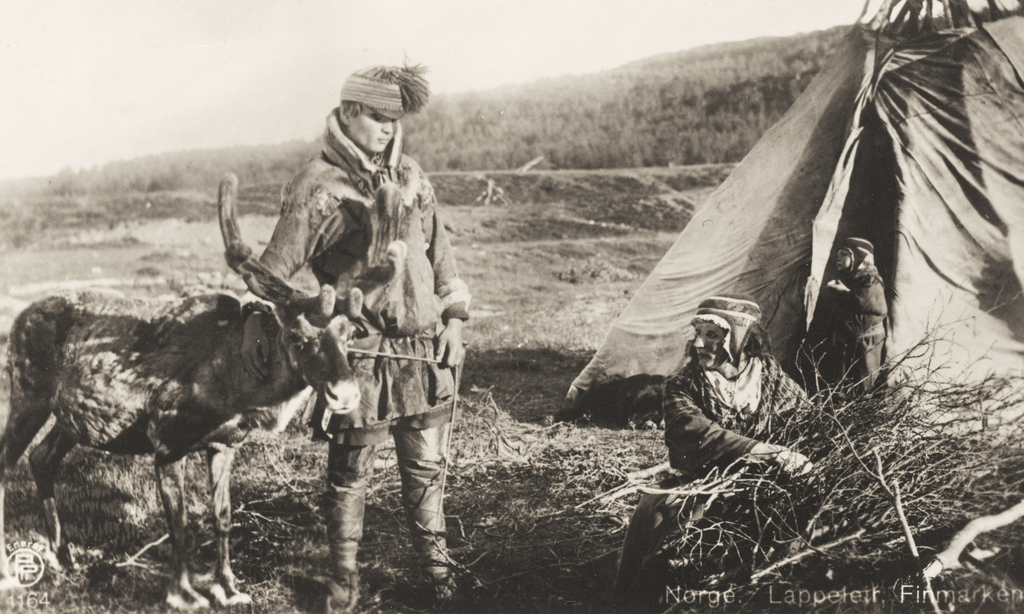
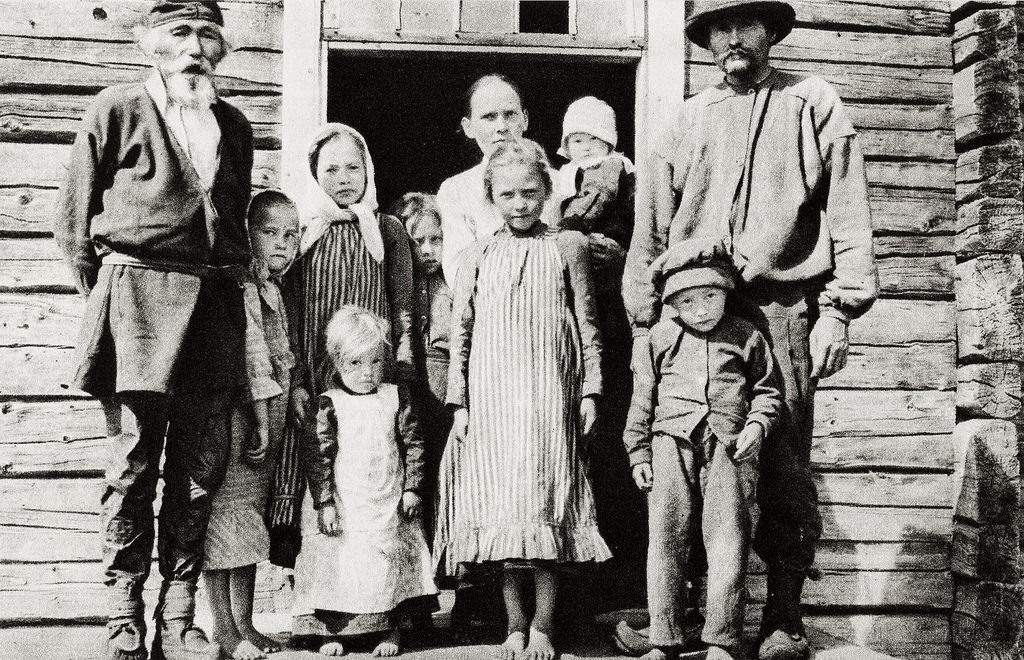
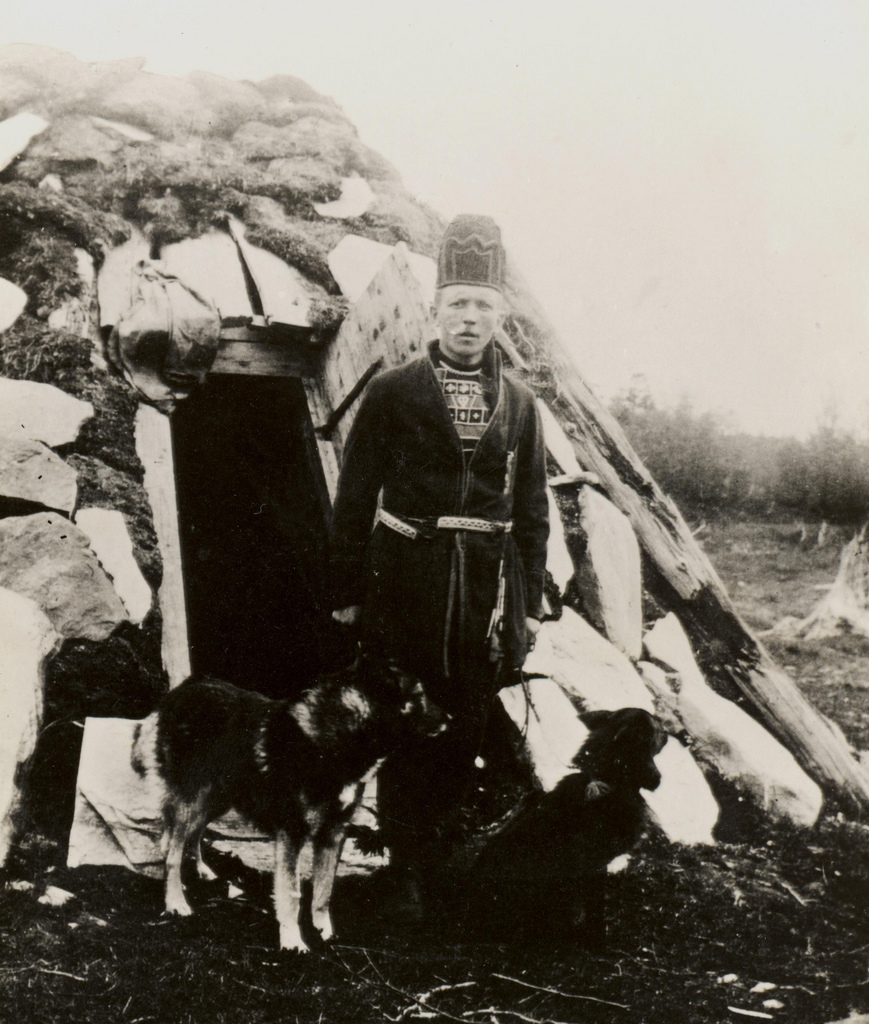
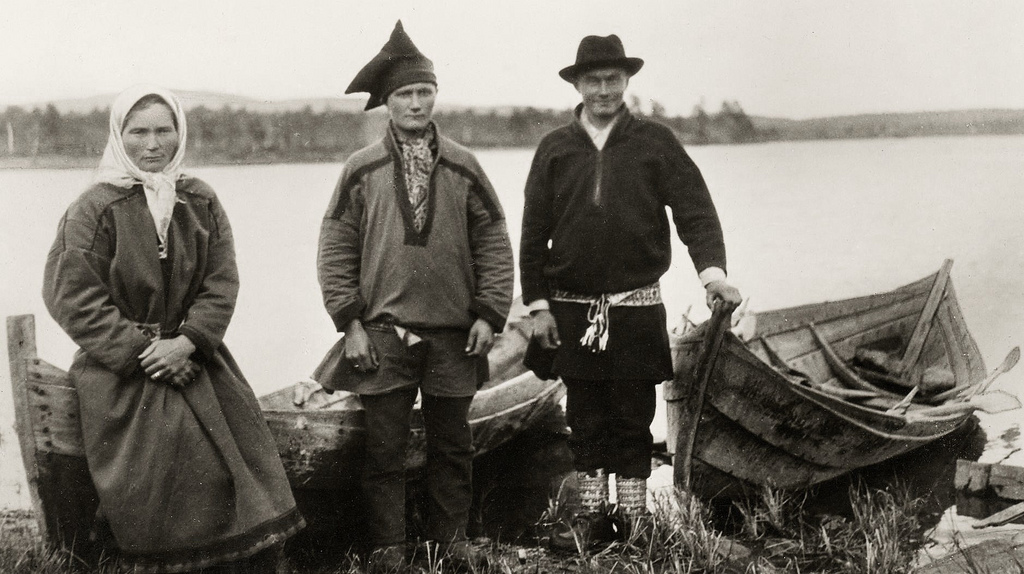
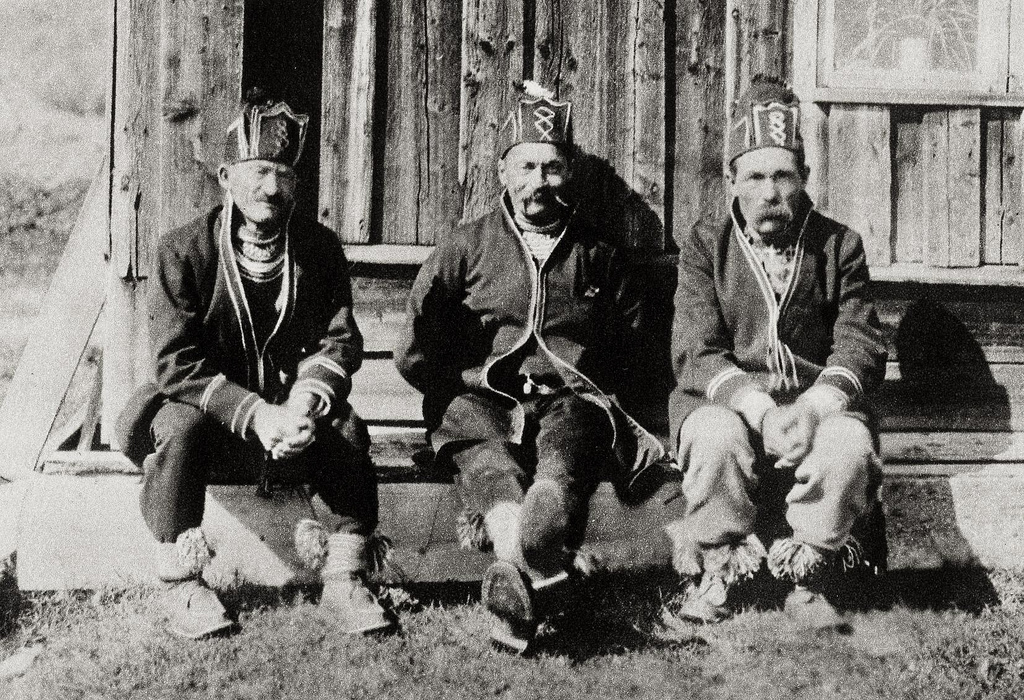
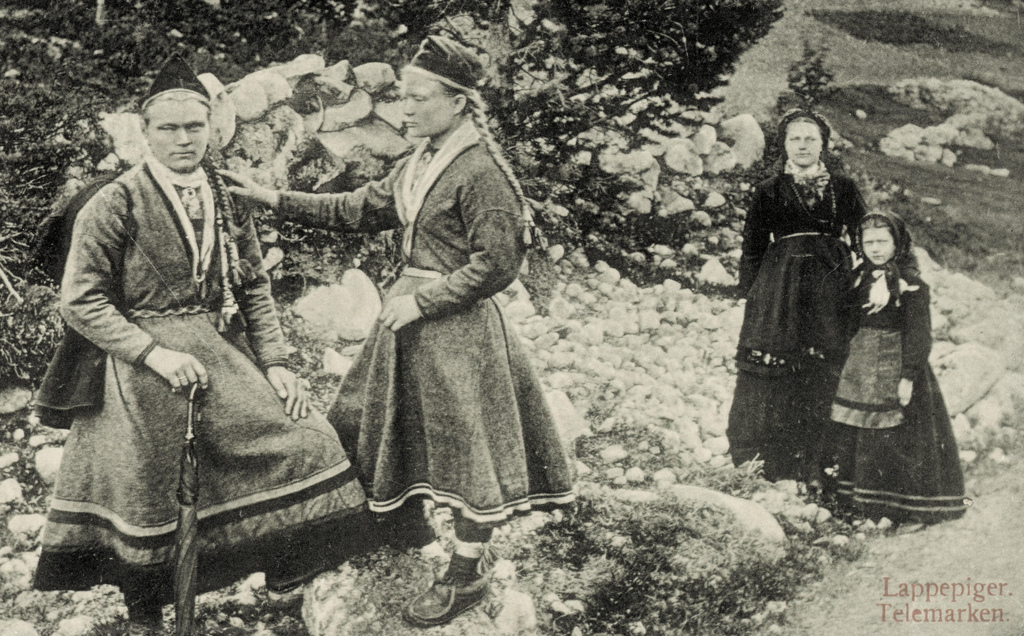

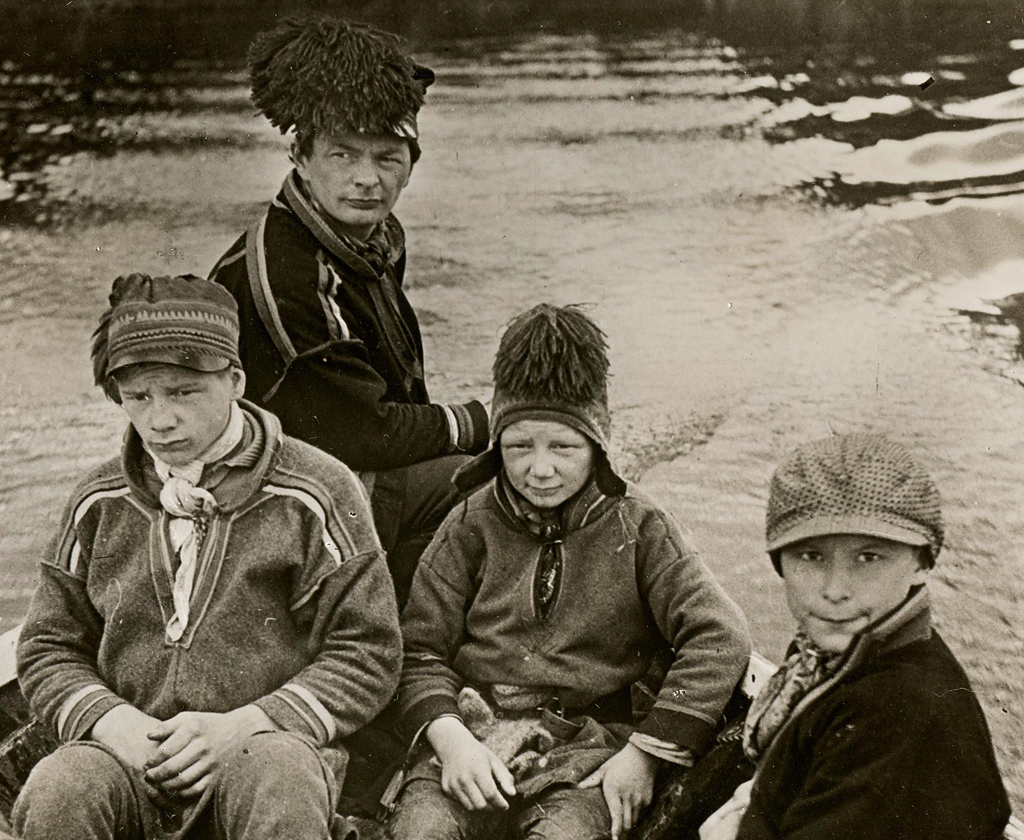
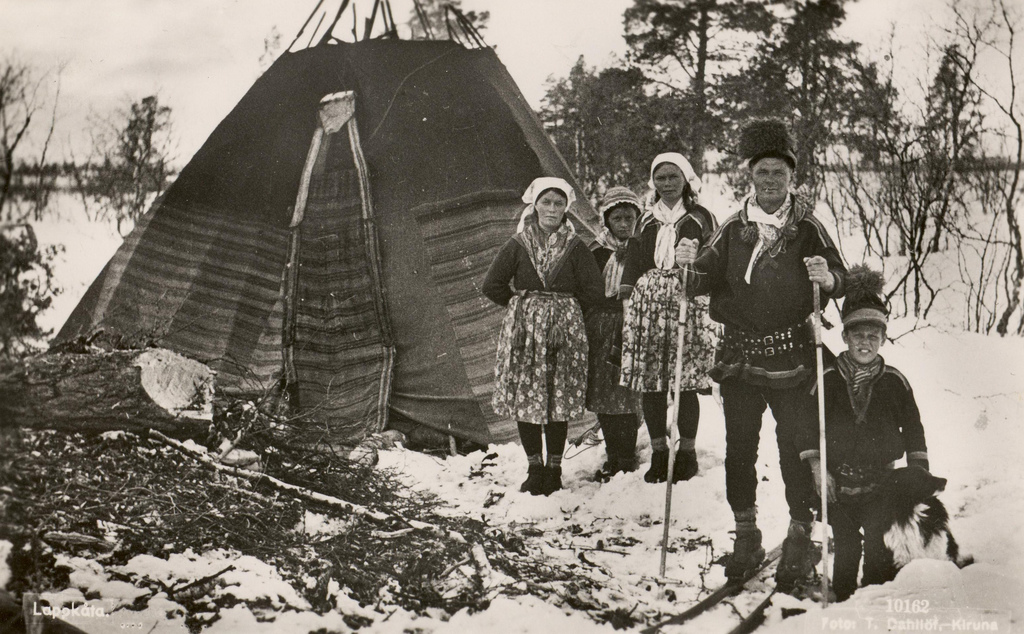
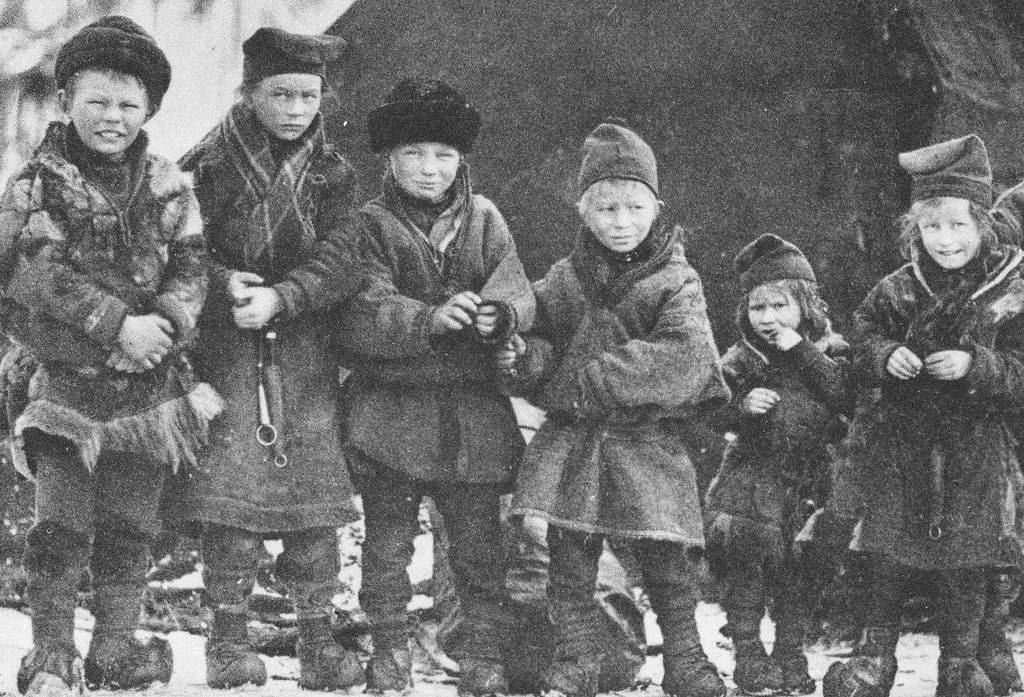
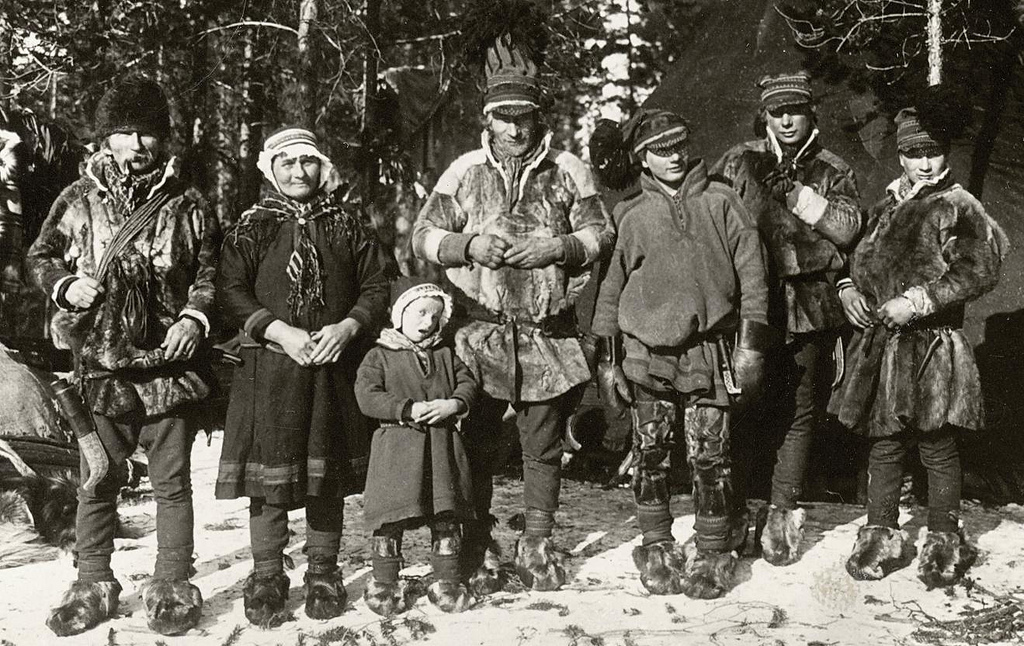
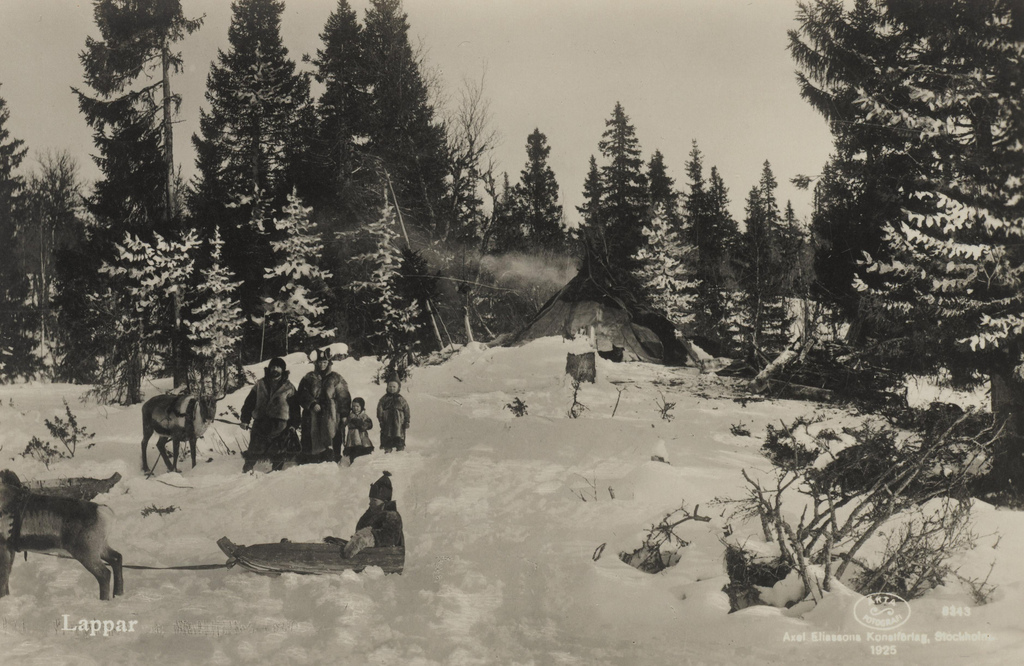

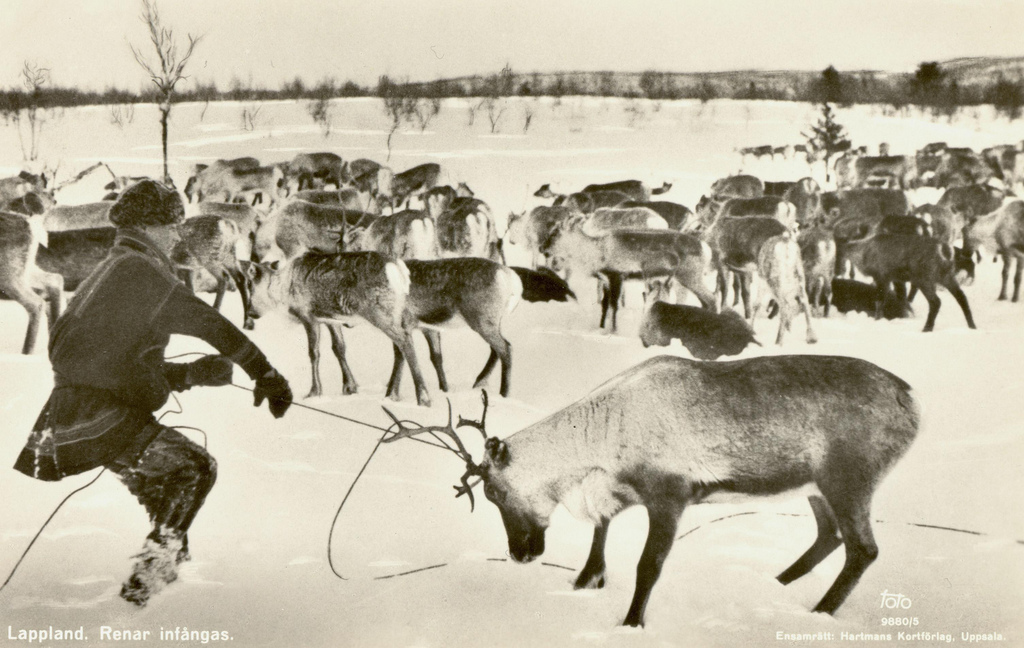
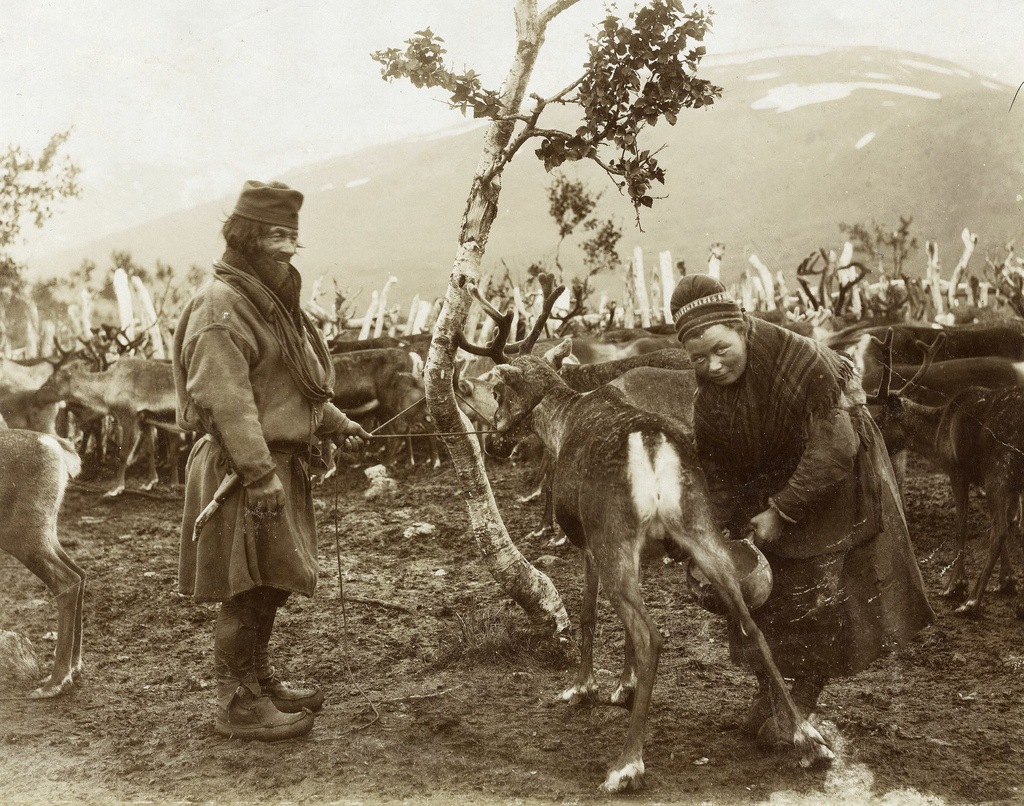
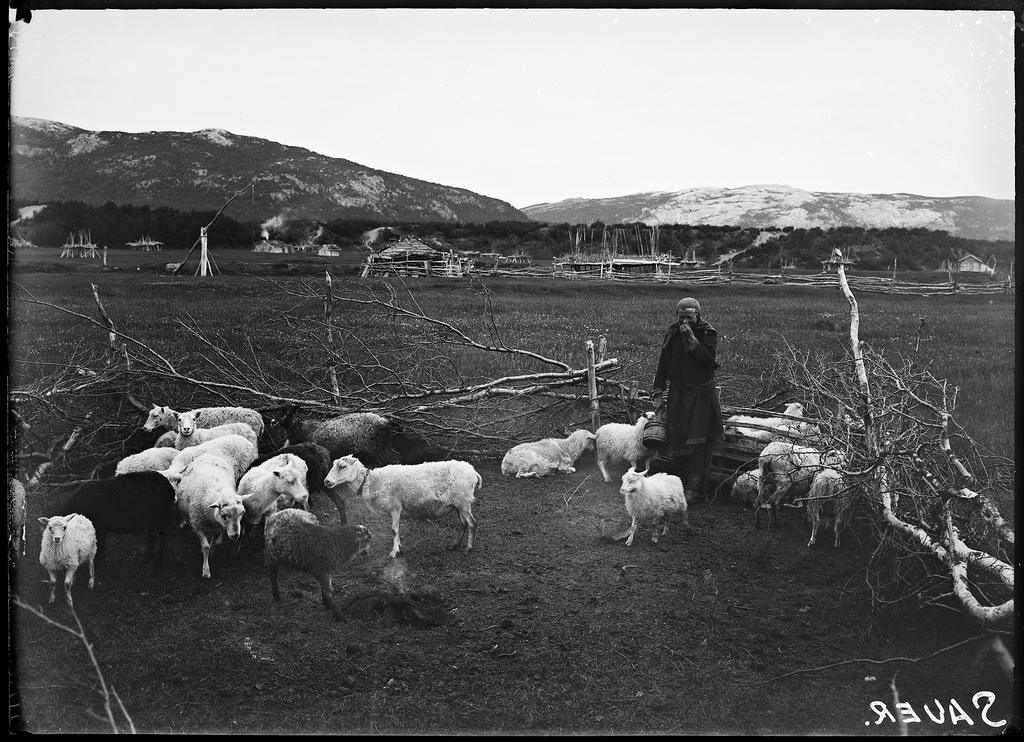
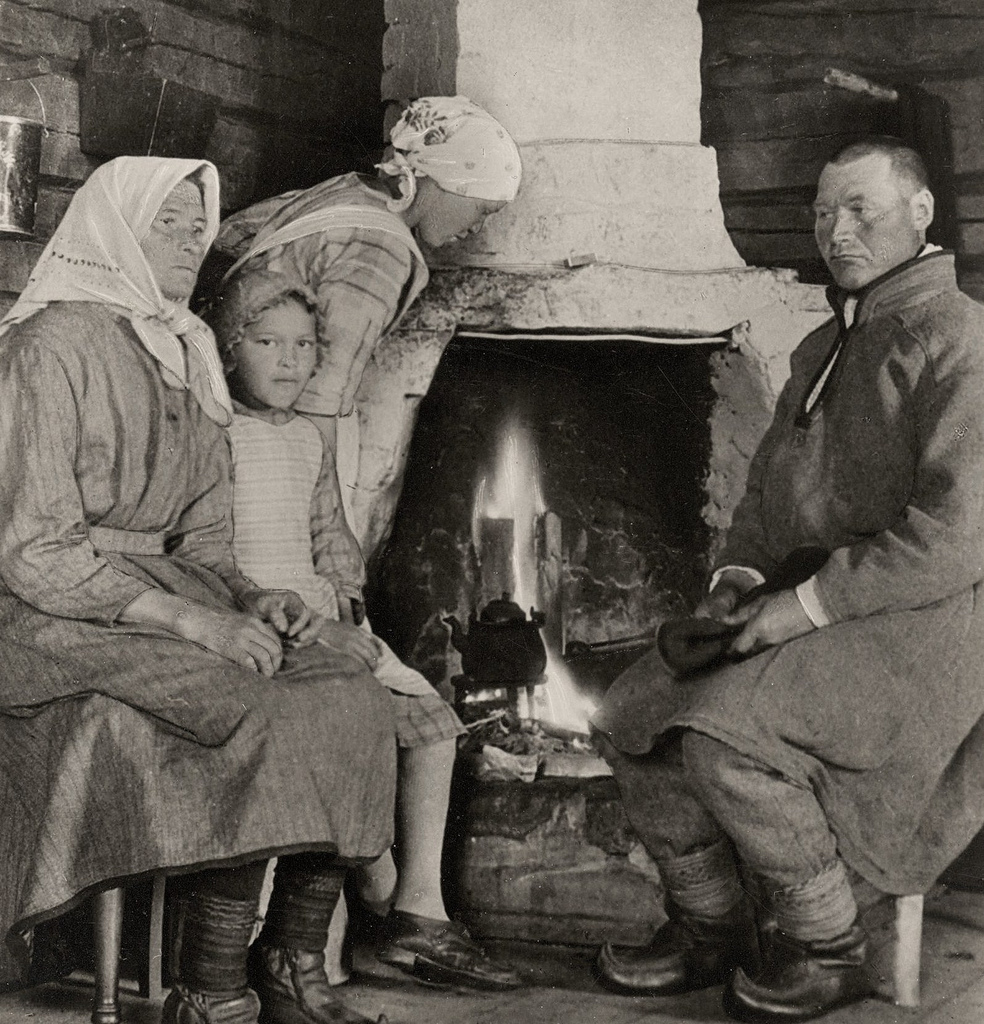
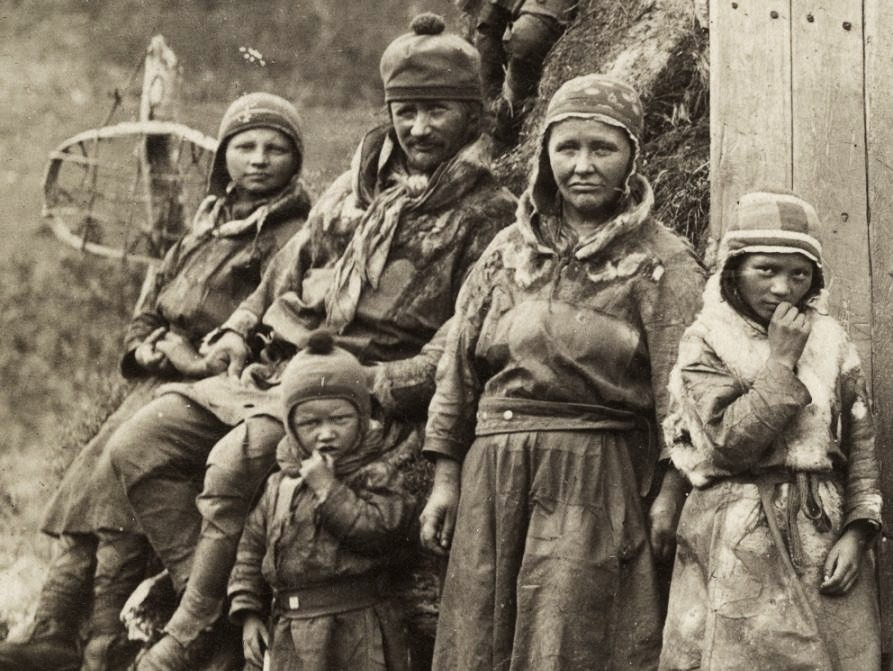
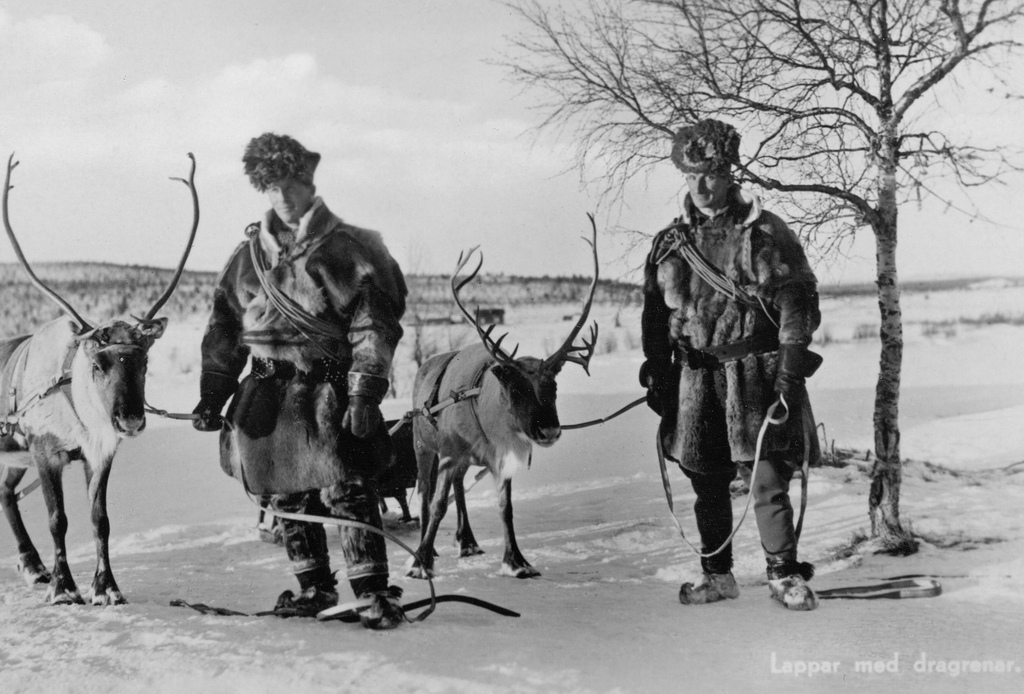
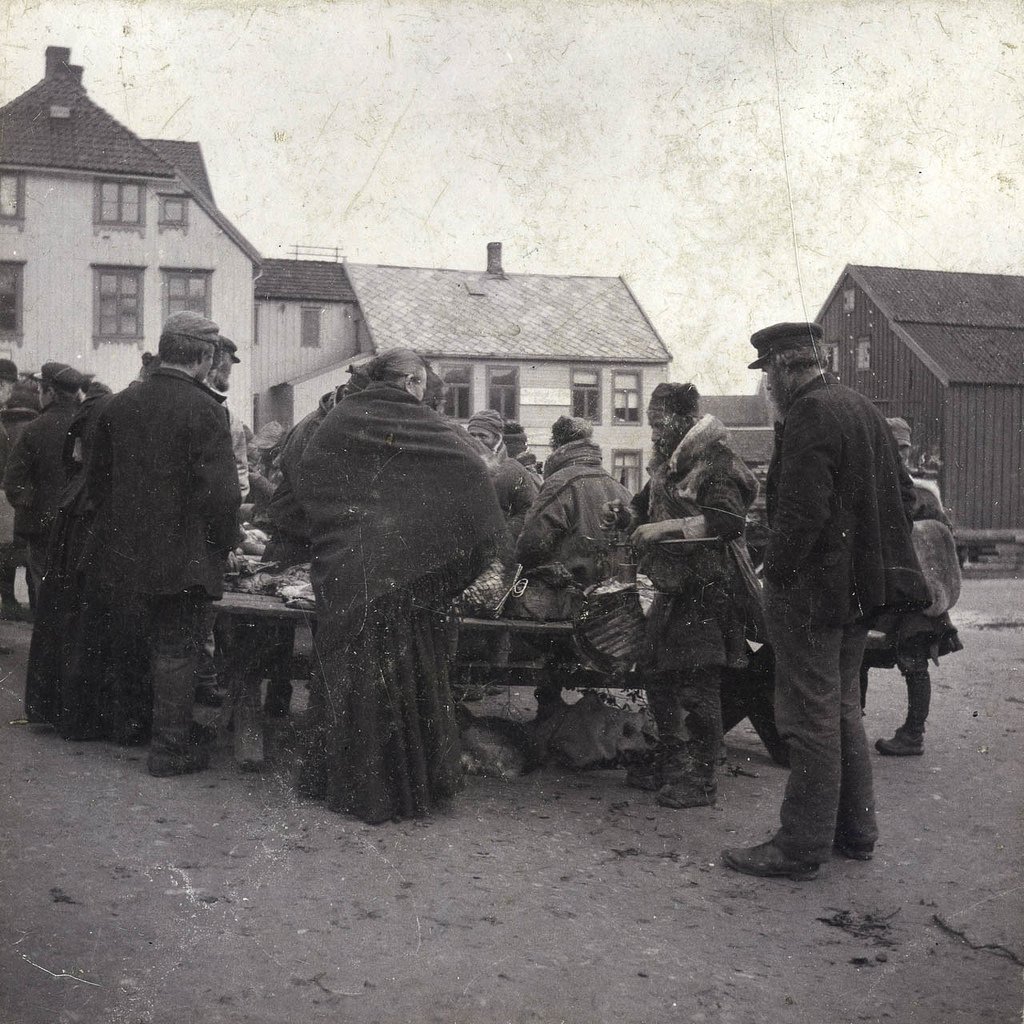
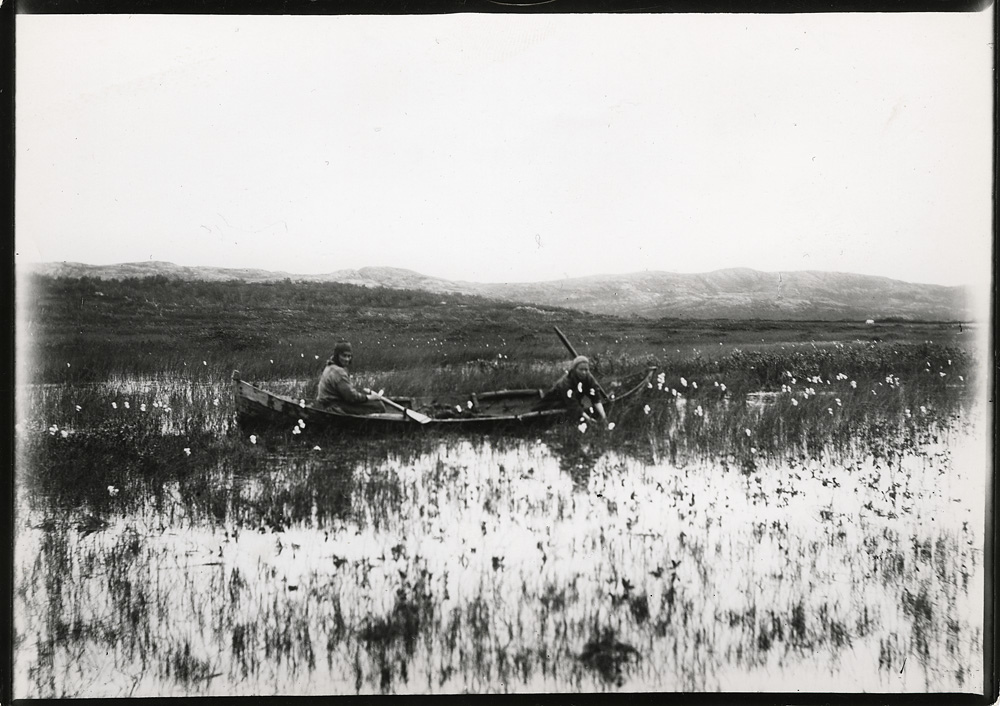
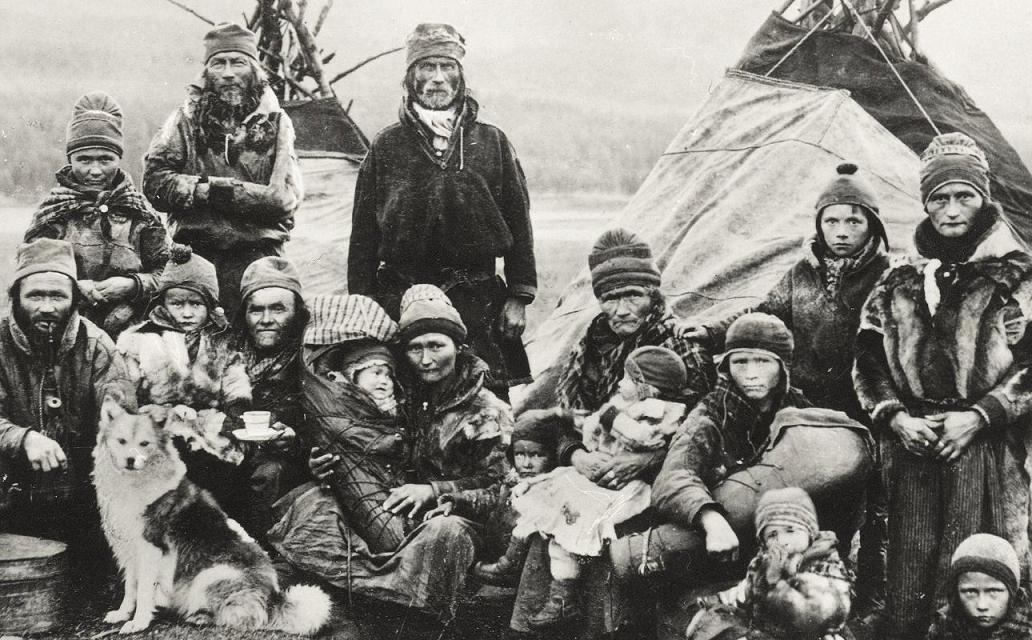
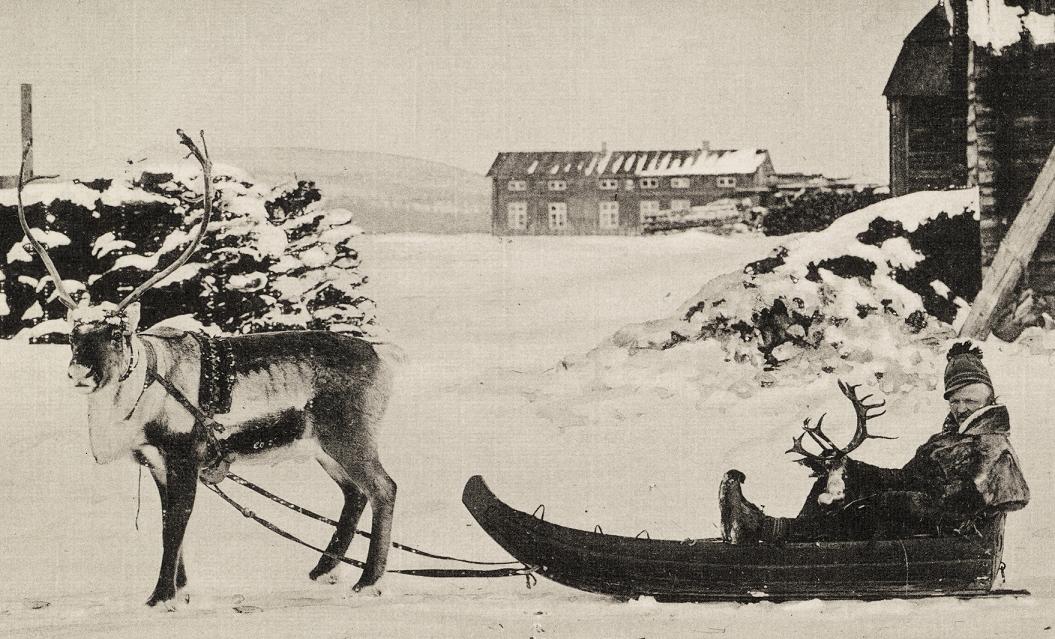
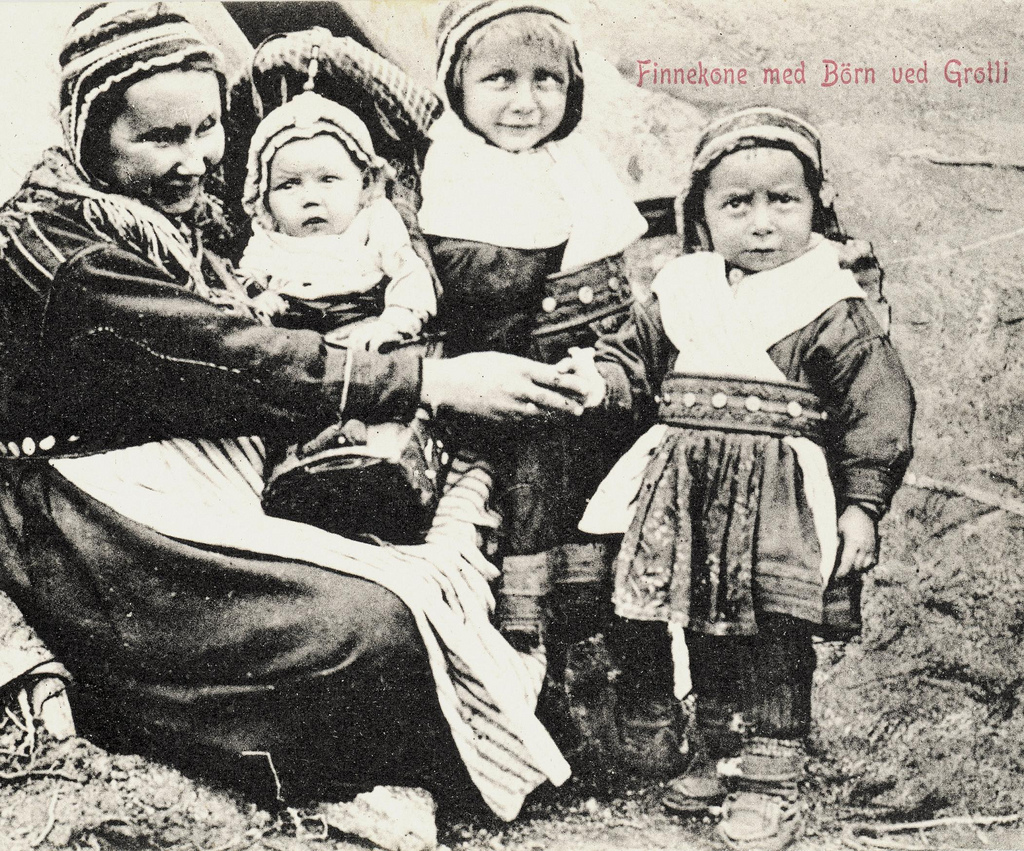
Video
Watch the video to hear a Sami reindeer herder share her story about life in the tundra! Don’t miss this personal and fascinating glimpse into the Sami way of life.
